Blog Posts Tagged Battery Design Module
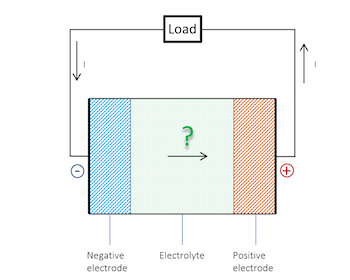
Does the Current Flow Backwards Inside a Battery?
What happens inside a battery? Does the current flow from negative to positive electric potential? Here, we explain the potential profile inside a battery during discharge and recharge.
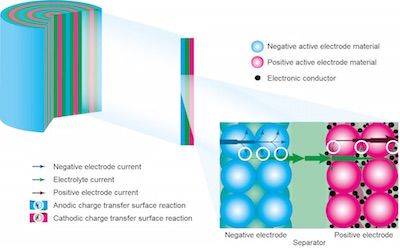
Studying Impedance to Analyze the Li-Ion Battery with an App
Check out the Lithium-Ion Battery Impedance demo app, which is an example of how apps can be used to interpret the impedance of specific lithium-ion battery designs — with minimal effort!
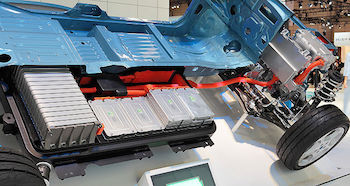
Do Hybrid and Electric Vehicles Have the Pulling Power?
Designers of hybrid and electric vehicles need to have a good understanding of how the car’s lithium-ion battery operates to ensure both performance and safety.
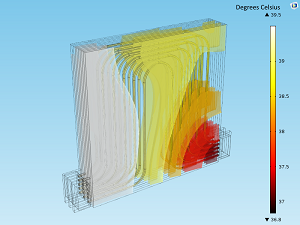
Why Car Batteries Perform Poorly in Cold Weather
Have you ever gone to start your car on a cold winter morning and nothing happens? The battery’s ability to convert chemical energy into electrical energy can be affected by low temperatures.
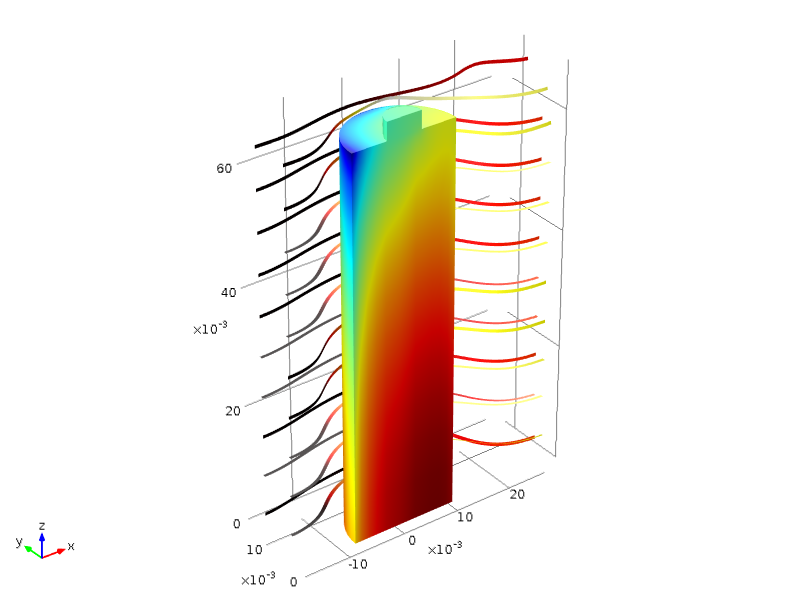
Accounting for Heat in the Design of Lithium-Ion Batteries
Heat transfer is an important phenomenon to consider when designing a lithium-ion battery. See how multiphysics simulation can help ensure a safe and efficient Li-ion battery design.
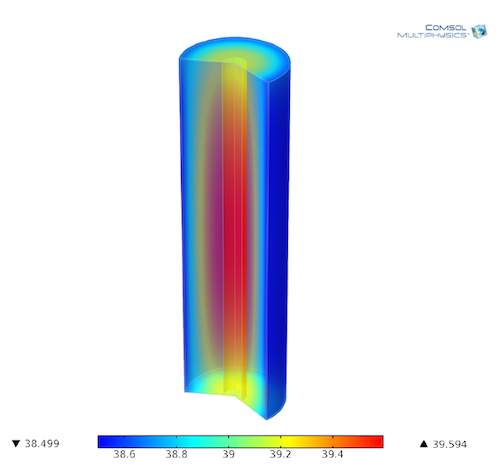
Modeling Lithium-Ion Batteries for Quality and Safety Assurance
Intertek Semko AB assesses more than 20,000 lithium-ion batteries per year. Learn about how they use COMSOL Multiphysics® to understand and analyze their battery and fuel cell designs.
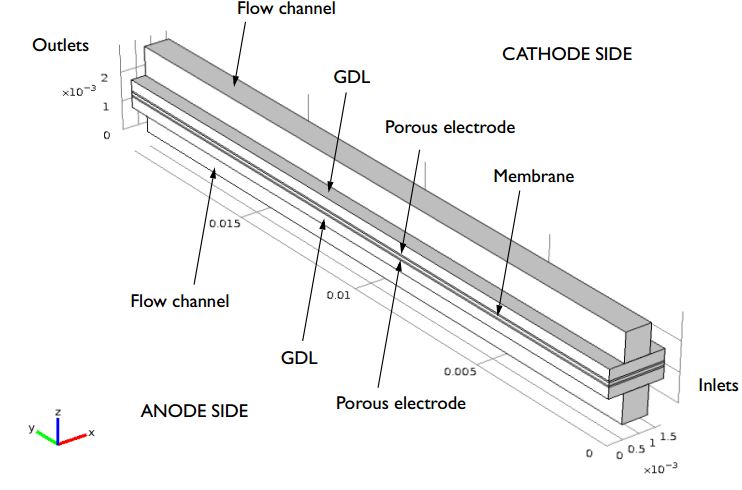
PEM Fuel Cell Modeling Examples
What can you study in a proton exchange membrane fuel cell? Mass transport, ohmic losses, temperature distribution, species transport, serpentine flow…should we keep going?
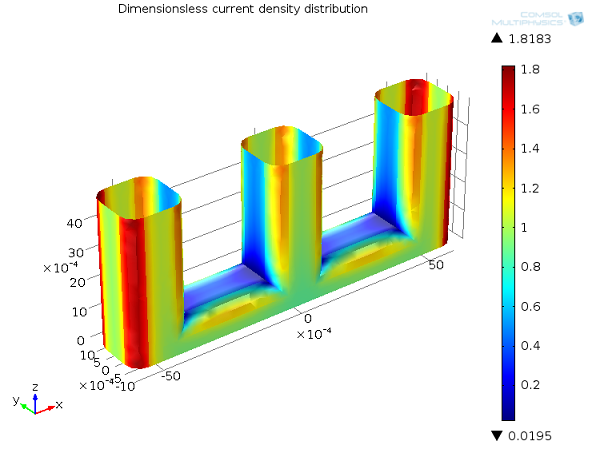
Which Current Distribution Interface Do I Use?
See the different current distributions with a wire electrode example to help you choose between the current distribution interfaces in COMSOL Multiphysics® for your electrochemical simulations.
